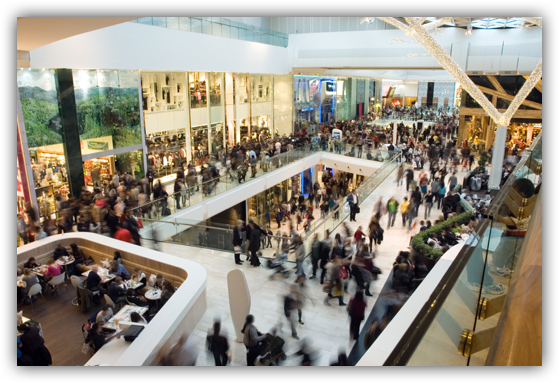This holiday season, I purchased most of my gifts online. The process was easy and informative every step of the way. From browsing the items and pictures on the various websites to checking out and tracking the shipments, everything was automated and coordinated. I had to do little but sit and relax with all the time that I would have spent driving from store to store and fighting the holiday crowds.

Application delivery is like the product and gift delivery I experience when shopping. In the world of IT and application delivery, we want an easy and simple process that ensures that applications are always delivered as expected. After many years of struggling to build networks that deliver applications and services, businesses are realizing that there is a benefit to expand beyond traditional network transport technologies. How the application is delivered and how the expectations and demands of the application change need to be accounted for when managing the IT infrastructure that supports the application.
Businesses have been turning to cloud and virtualization technologies to build a more dynamic and flexible network infrastructure that can handle the operational and business changes necessary to ensure optimal application service level assurances (SLA). These technologies provide a framework to deliver two key business benefits, agility and elasticity. As discussed, these benefits require a management and orchestration system that incorporates analytics, heuristics, orchestration, and automation to fully realize their potential.
Walk there or click here
Ultimately, we need to know what this means to us, the business owners, the IT architects, engineers, and operational support staff. Using my holiday shopping as an example, we can compare how it was performed 15 years ago versus today.
In circa-2000, I compiled a tentative list of gifts and drove to various stores, usually centered around a shopping mall. There, I spent hours walking amongst thousands of other shoppers going from store to store browsing their displays and occasionally looking for specific items on my list. I purchased the gifts, carried them home and wrapped them before delivering them to everyone. I usually repeated this over the course of several days. I was physically involved in every step of the process and spent considerable time and resources managing my seasonal shopping surge.
This year, I browsed the Internet via my home computer, went to select websites, and purchased the items online. The retailers sent me notifications of the purchases along with tracking information that allowed me to see where my package was and when I could expect the delivery person to show up at my house. In many cases, I was able to enable pro-active alerts that told me if there was a change in the status of my package or its expected delivery date.
Lazy, in a good way
The amount of time and effort I have to spend organizing and managing my shopping efforts has been dramatically reduced because of the tools and analytics provided by the online retail sites. I have been able to reduce the time and energy that I expend to fulfill my holiday shopping needs by over 95%.
This benefit is exactly what we are looking to achieve with the management and orchestration systems that are available today. Businesses are continuing to look at cloud and virtualization technologies to optimize their application delivery infrastructure and ensure application SLA. It is essential that they incorporate a management and orchestration system that can extract the full value of these technologies.